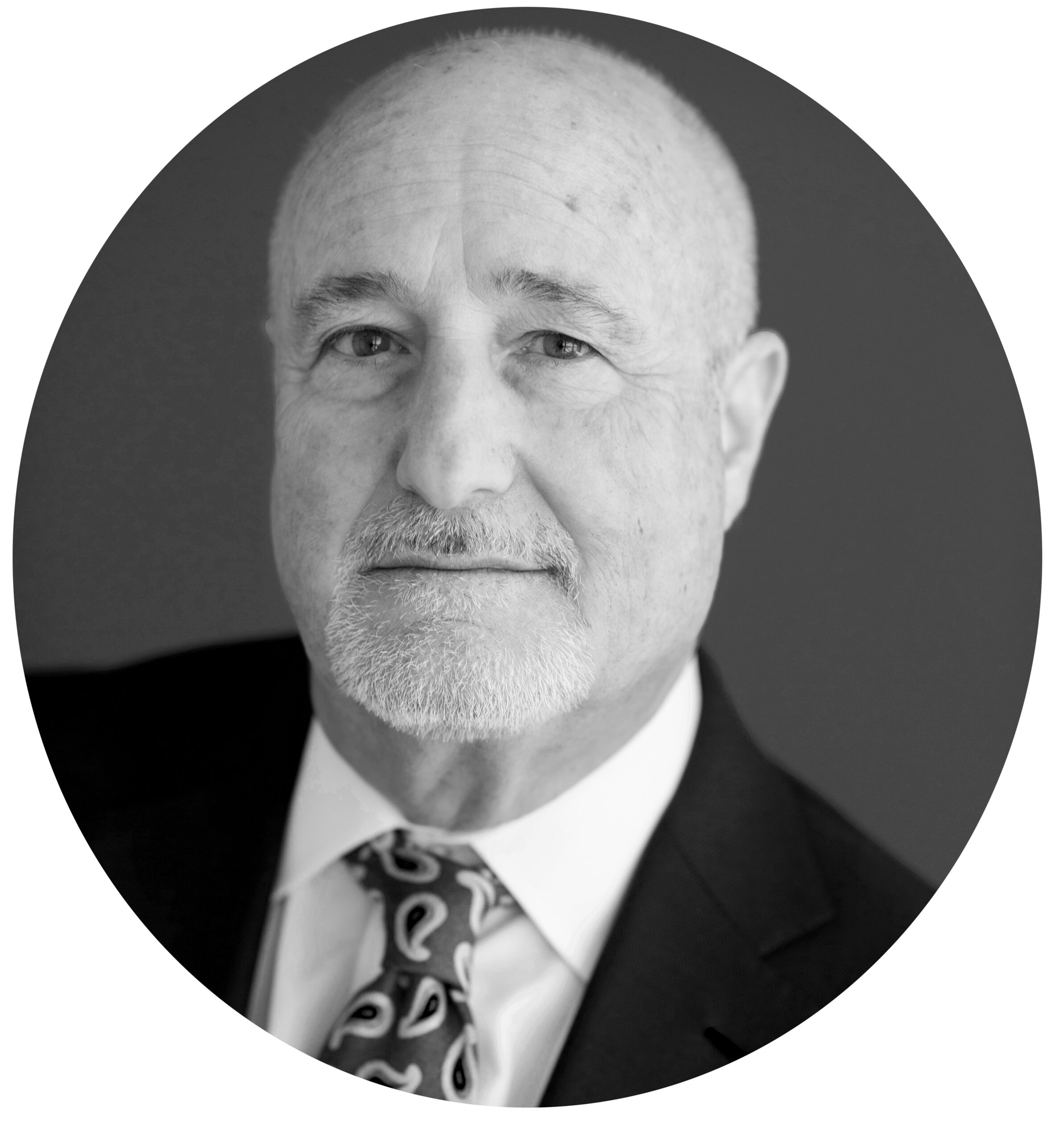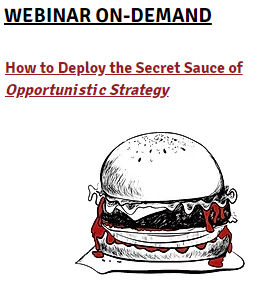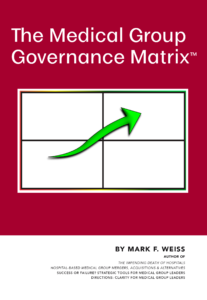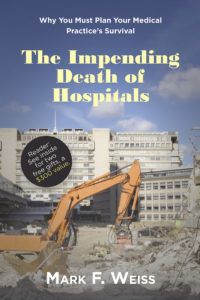In eerie (or perhaps prescient) follow up to my article about gainsharing in the December 31, 2017, issue of The Advisory E-Alert, From Steelworkers to Surgeons: Gainsharing and Physician Groups, on January 5, 2018, the OIG released an important new advisory opinion (Adv. Op. 17-09 – let me know if you’d like a copy) on a gainsharing arrangement between a hospital and neurosurgeons.
A Quick Recap of the Concept
At its heart, in healthcare, gainsharing is a split, a sharing, of the savings or other gains to a hospital as a result of physicians’ (or others’) efforts. It’s what I describe in encapsulated form as, “If I make you a dollar, I get to keep 50 cents.”
The New Advisory Opinion
In Adv. Op. 17-09, the gainsharing deal centers around a hospital that will share the savings over a three-year period resulting from cost-reduction measures implemented by neurosurgeons in connection with spinal fusion surgeries. Although the specific measures aren’t necessarily important for your gainsharing deals, they concerned both the use on an as-needed basis only of Bone Morphogenic Protein and the standardization of certain devices and supplies.
In its grant of a favorable opinion, the OIG cited seven important elements that I call the 7 Steps to Gainsharing Heaven:
First Step to Gainsharing Heaven: The arrangement contains safeguards to mitigate (note that it’s not “eliminate”) the risk that the neurosurgeons will increase their referrals to the hospital.
Second Step to Gainsharing Heaven: With an exception for funds retained by the neurosurgeon’s multi-speciality group for administrative expenses, only the participating surgeons, and no other physicians in the group, receive gainsharing incentives. The OIG saw this, including the fact that the administrative percentage to the group was a longstanding element of the group’s compensation structure, as an important element because of its concern that any share retained by the group in general would be a kickback from the hospital to the other physicians in the group to induce their referrals.
Third Step to Gainsharing Heaven: The base year used to measure savings is reset annually.
Fourth Step to Gainsharing Heaven: The arrangement is based on clinically appropriate measures and will require additional training, and a change in their clinical practices, on the part of the participating neurosurgeons.
Firth Step to Gainsharing Heaven: The rewards are tied to actual, verifiable cost savings attributable to the neurosurgeons’ recommendations during spinal fusion surgeries. This prevents the parties from gaming the system.
Sixth Step to Gainsharing Heaven: In connection with the device and supply standardization element of the arrangement, the hospital will continue to have the same, full range of items available to the surgeons as it did prior to the arrangement in order to permit the surgeons to make clinically appropriate product decisions.
Seventh Step to Gainsharing Heaven: No neurosurgeons outside of the subject group will participate in the gainsharing plan. The OIG saw that that as an important element to prevent the hospital from using the lure of the arrangement to attract neurosurgeons from competing hospitals.
Gainsharing involves a complicated dance in and out, around and between, inducements to refer (i.e., violations of the criminal federal Anti-Kickback Statute) and inducements to reduce or limit services (i.e., violations of the Civil Monetary Penalty Statute). And, just as not everyone thinks there’s a heaven, the 7 Steps are instructive but not necessarily applicable, or sufficient, to every gainsharing deal.
The essential takeaway lesson for you is that gainsharing continues to make a significant regulatory comeback.
Gainsharing is an important tool, together with more traditional elements such as coverage stipends, in structuring financial arrangements between physicians and hospitals.




